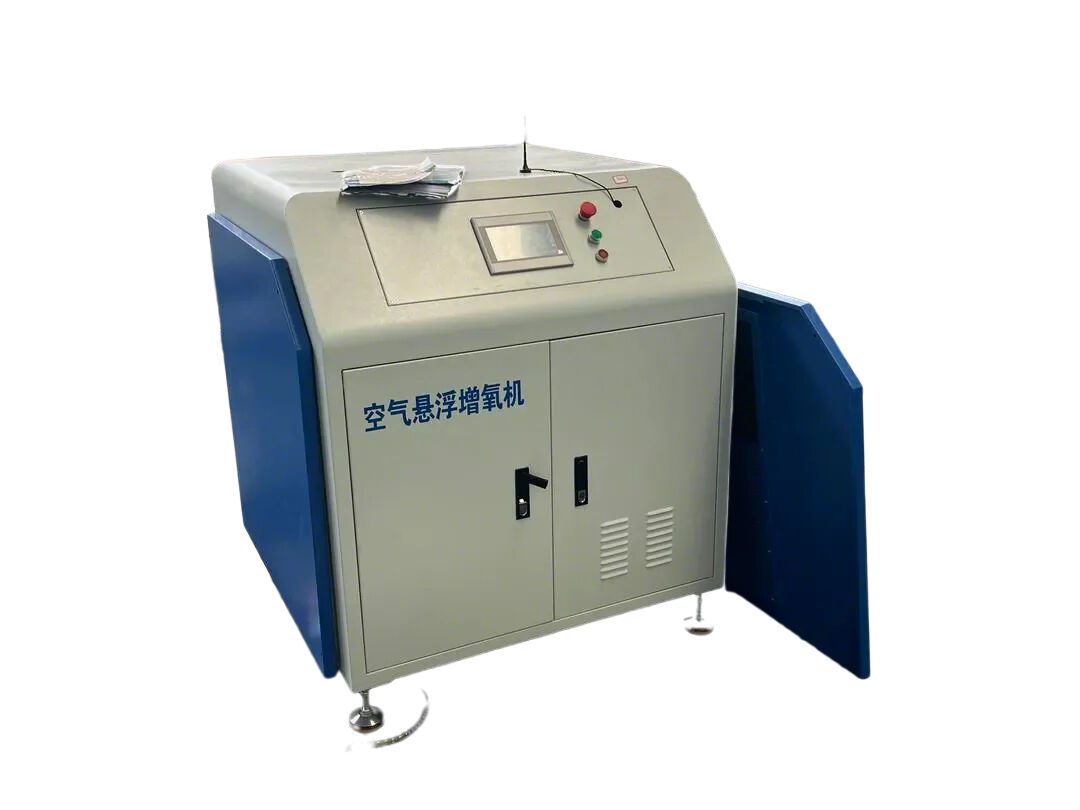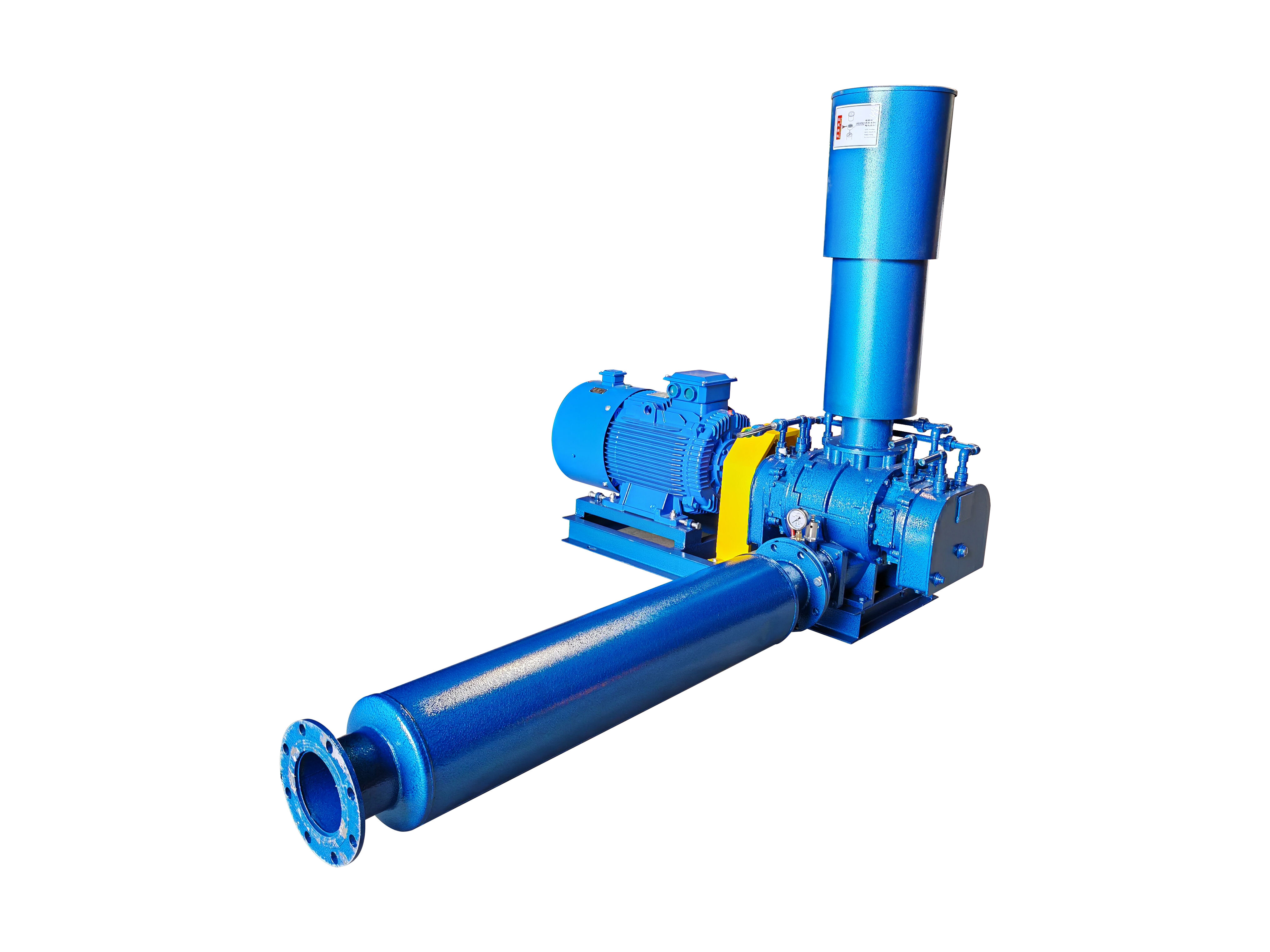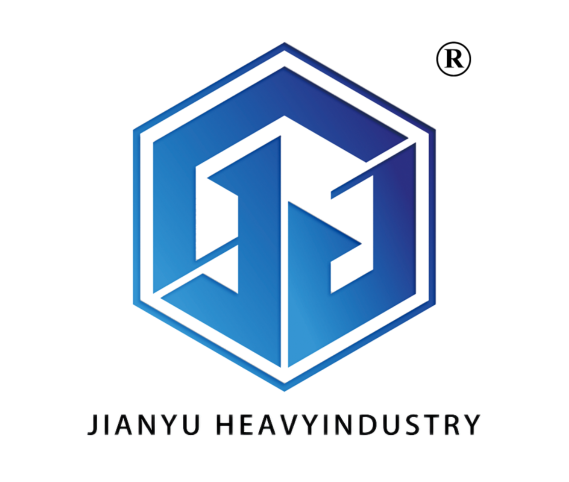sewage treatment plant equipment
Sewage treatment plant equipment represents a comprehensive system designed to purify and process wastewater from various sources. This sophisticated infrastructure combines mechanical, biological, and chemical processes to transform contaminated water into environmentally safe effluent. The equipment typically includes primary settling tanks, aeration basins, biological reactors, and secondary clarifiers, working in harmony to remove contaminants effectively. The primary treatment phase employs screens, grit chambers, and sedimentation tanks to remove solid waste and floating materials. Advanced biological treatment systems utilize specialized bacteria and microorganisms to break down organic compounds, while chemical treatment processes handle specific pollutants through precise dosing systems. Modern sewage treatment plants incorporate automated control systems, energy-efficient motors, and real-time monitoring capabilities to ensure optimal performance and compliance with environmental regulations. The equipment is scalable to accommodate different processing capacities, from small community systems to large municipal installations, making it versatile for various applications. These systems are built with durable materials resistant to corrosion and wear, ensuring long-term reliability and minimal maintenance requirements.



